The Xiaomi YU7 has made some notable changes this time, notably not offering a refrigerator or speaker bundle. The standard version features a self-developed audio system with 14 speakers, unlike the upgraded version with 25 speakers that lacks Dolby sound effects and karaoke modes. Should one spend an additional 6000 yuan to upgrade? How does the sound quality perform? Today, we have conducted a comprehensive test on the Xiaomi YU7 Max version equipped with 25 speakers to evaluate its audio capabilities.
In our sound quality assessment, we reset all sound modes to their default settings for an objective noise test. The results showed a noticeable increase in low frequencies. From an objective standpoint, the Xiaomi YU7 audio system can deliver a relatively high sound pressure level in the low-frequency range, similar to what we observed with the Xiaomi SU7 Ultra. Xiaomi's self-developed audio system maintains a relatively consistent tuning style in the low frequency range, providing strong performance for genres like electronic and rock music that emphasize bass and rhythm.
However, there is some fluctuation in the mid-frequency range. When playing music featuring a large number of mid-frequency instruments, such as guitars, pianos, or vocals, the balance is not optimal. Certain frequency bands may be weakened or overly enhanced, leading to inaccuracies in timbre and occasionally resulting in vocals that lack fullness and clarity, slightly impacting overall listening comfort.
In the mid-high frequency range, coverage is generally complete, but there is a noticeable drop in the curve approaching the extreme high frequencies, resulting in some instrumental harmonics not being well reproduced.
The Xiaomi YU7 offers three sound modes: 'Standard', 'Theater', and 'Concert Hall'. The Standard mode is more balanced, naturally reproducing sound. The Theater mode simulates realistic sound effects in that environment, enhancing the surround sound and sound field, with some improvement in low frequencies. The Concert Hall mode uses reverb to simulate a wider sound field, improving the clarity and airiness of high frequencies while optimizing the mid frequencies to make instruments and vocals sound fuller.
Unlike the standard version, the 25-speaker version includes an overhead sky channel speaker, forming a 7.1.4 surround sound system. It supports Dolby Atmos content available on platforms like NetEase Cloud Music and QQ Music, providing a more immersive listening experience for both movies and music.
During our listening experience, we adjusted the equalizer to five modes: 'Standard', 'Pop', 'Classical', 'Folk', and 'Custom'. We compared songs from corresponding genres with the 'Standard' mode to experience the differences in sound. For pop music, due to fluctuations in the mid frequencies, vocals may not sound particularly rounded or full, with some frequency bands not being prominent or overshadowed. However, the advantages in low frequencies enhance the rhythmic aspect of the music.
In classical music, the overall presentation is relatively faithful, but the layering between instruments during ensemble performances isn't very clear. The lack of extreme high frequencies also makes it difficult to perfectly present the spatial effects achieved through high-frequency harmonics in some classical compositions.
In the folk music mode, there is a notable reduction in mid frequencies and an increase in mid-high frequencies. Folk music often focuses on the combination of vocals and simple instruments, centering around the vocals. It is my personal opinion that the reduction in mid frequencies causes the vocals to lose some fullness, making them sound thin. Adjustments can be made between 0.0 to -1.0dB based on the singer's vocal characteristics. We also provide a set of equalizer parameters we adjusted for reference.
In conclusion, after our testing, the Xiaomi YU7 scored a total of 76 points in the AudioLab 2.0 rating standard. Considering the differences between the 14-speaker and 25-speaker versions in terms of sky channels and simulated sound waves, would you spend 6000 yuan to upgrade to the 25-speaker version for the Xiaomi YU7 audio system? If you have other car audio systems you would like us to evaluate, feel free to leave your suggestions in the comments section.
Xiaomi YU7 Audio System Tested: Is the Upgrade Worth It?

Images
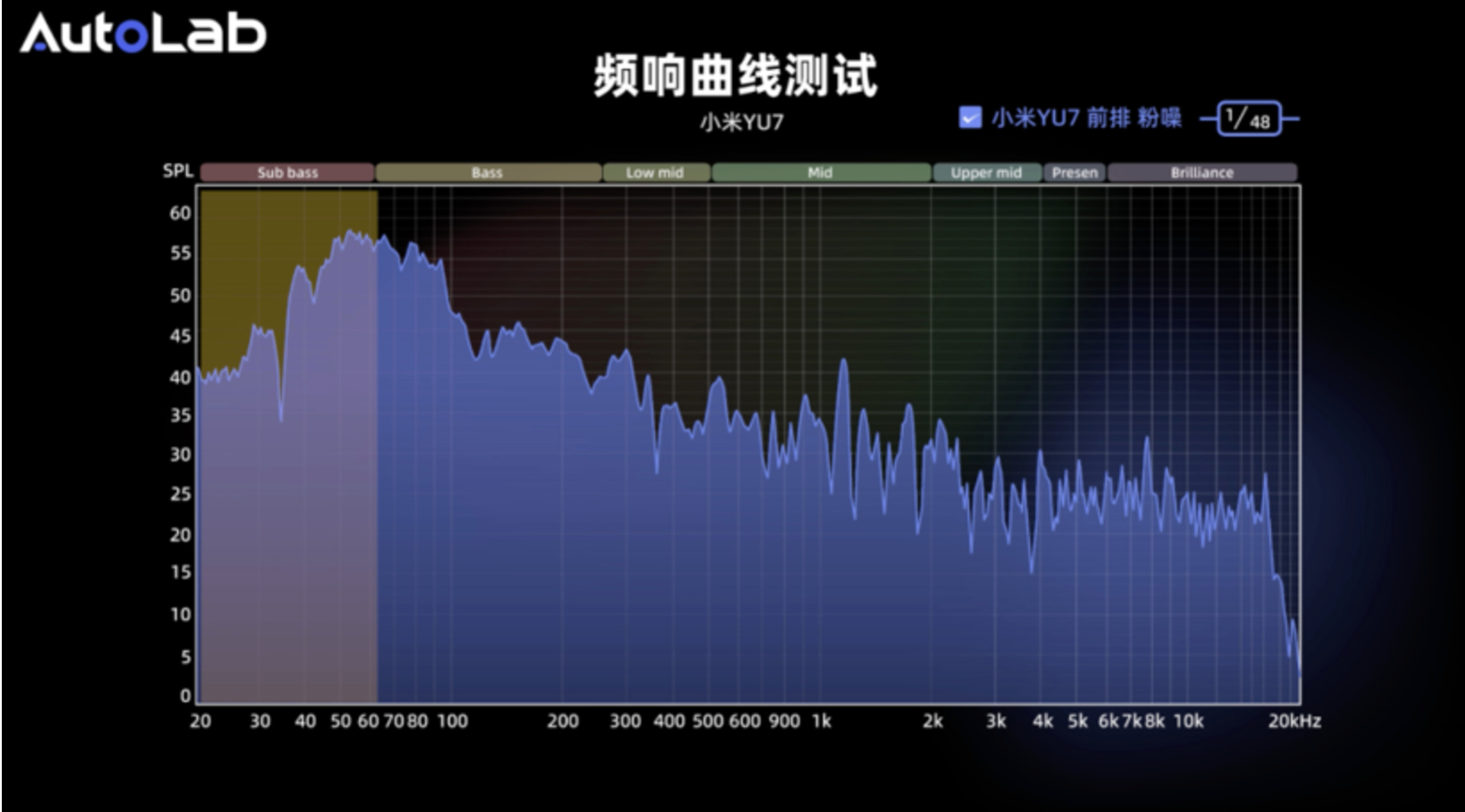
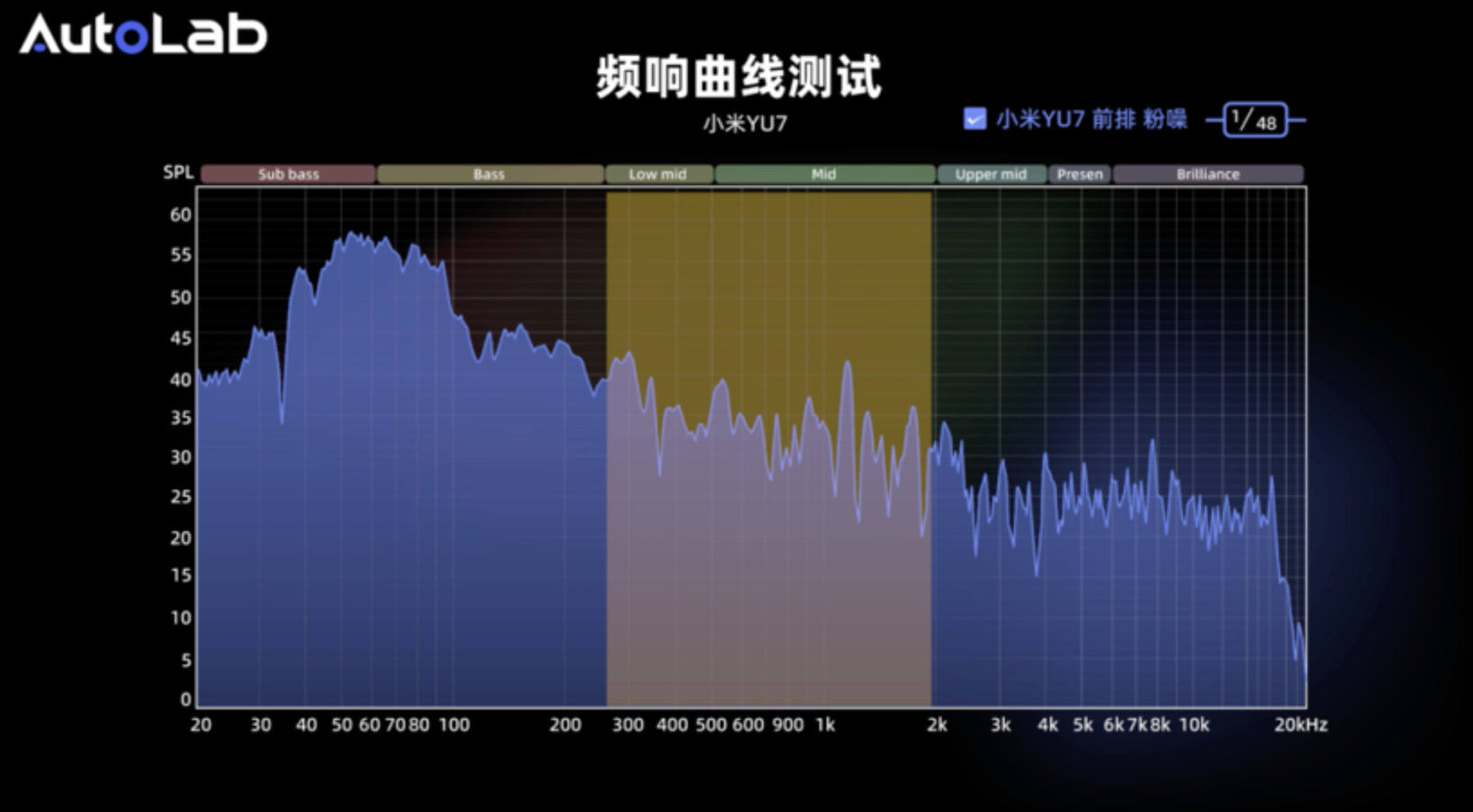
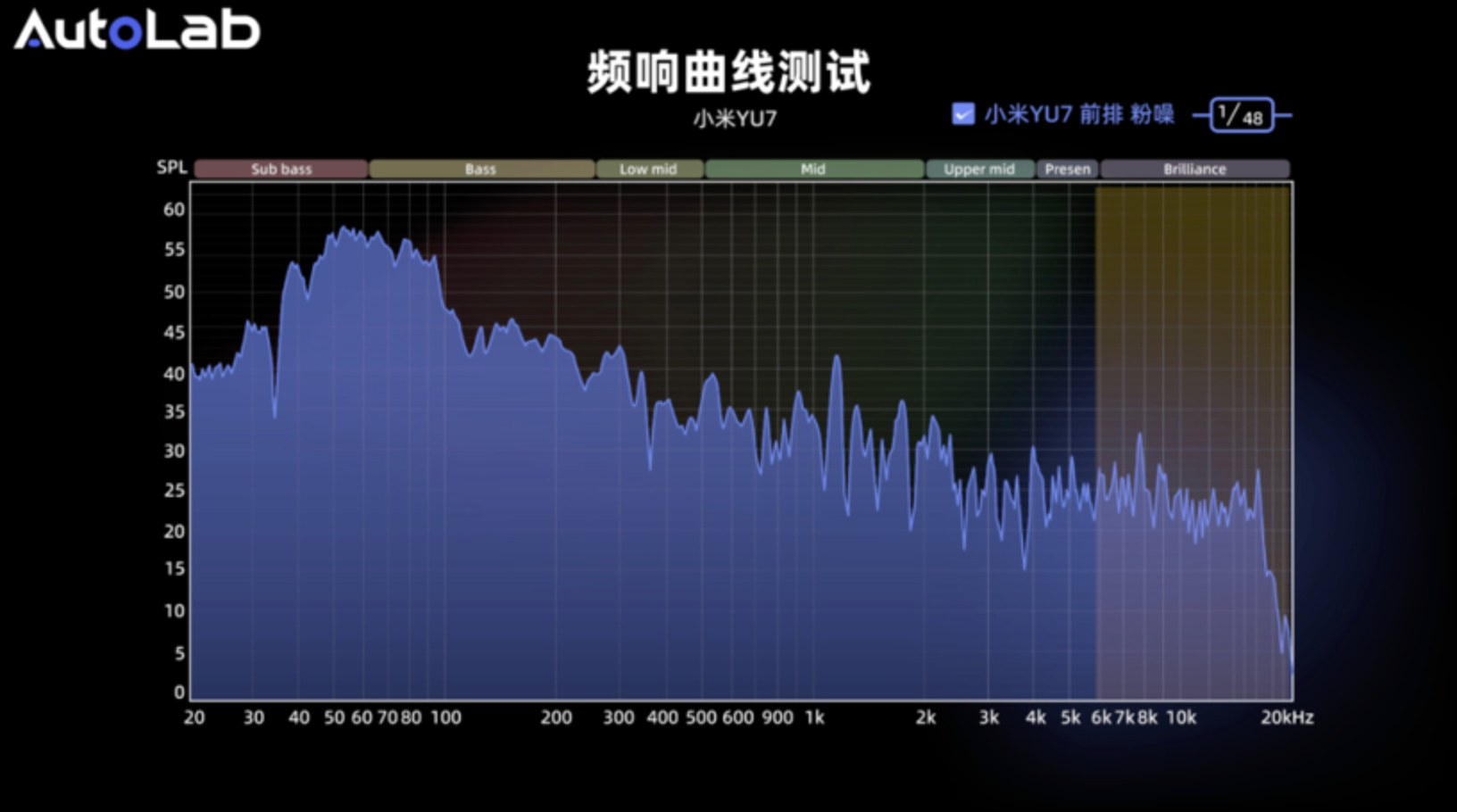
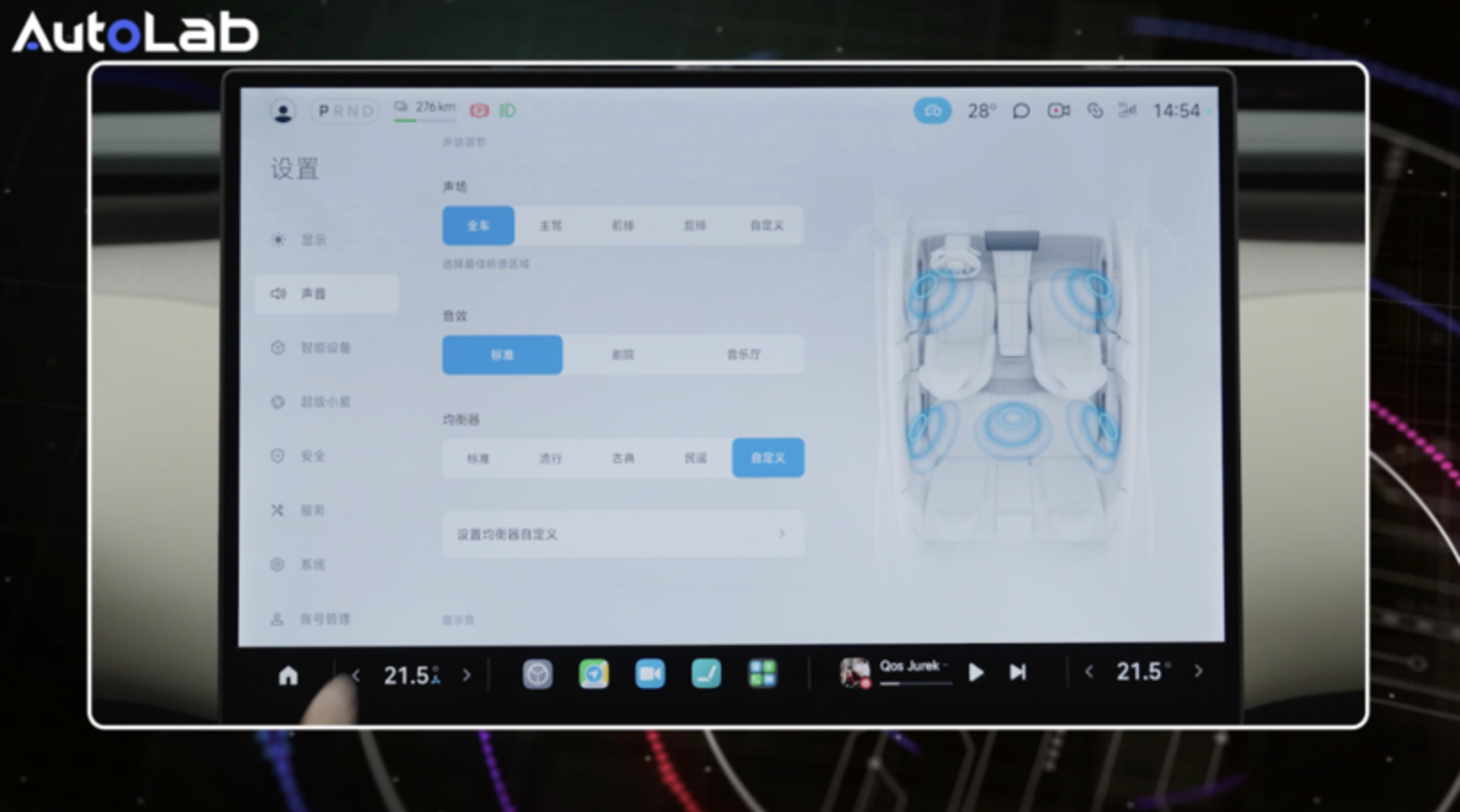

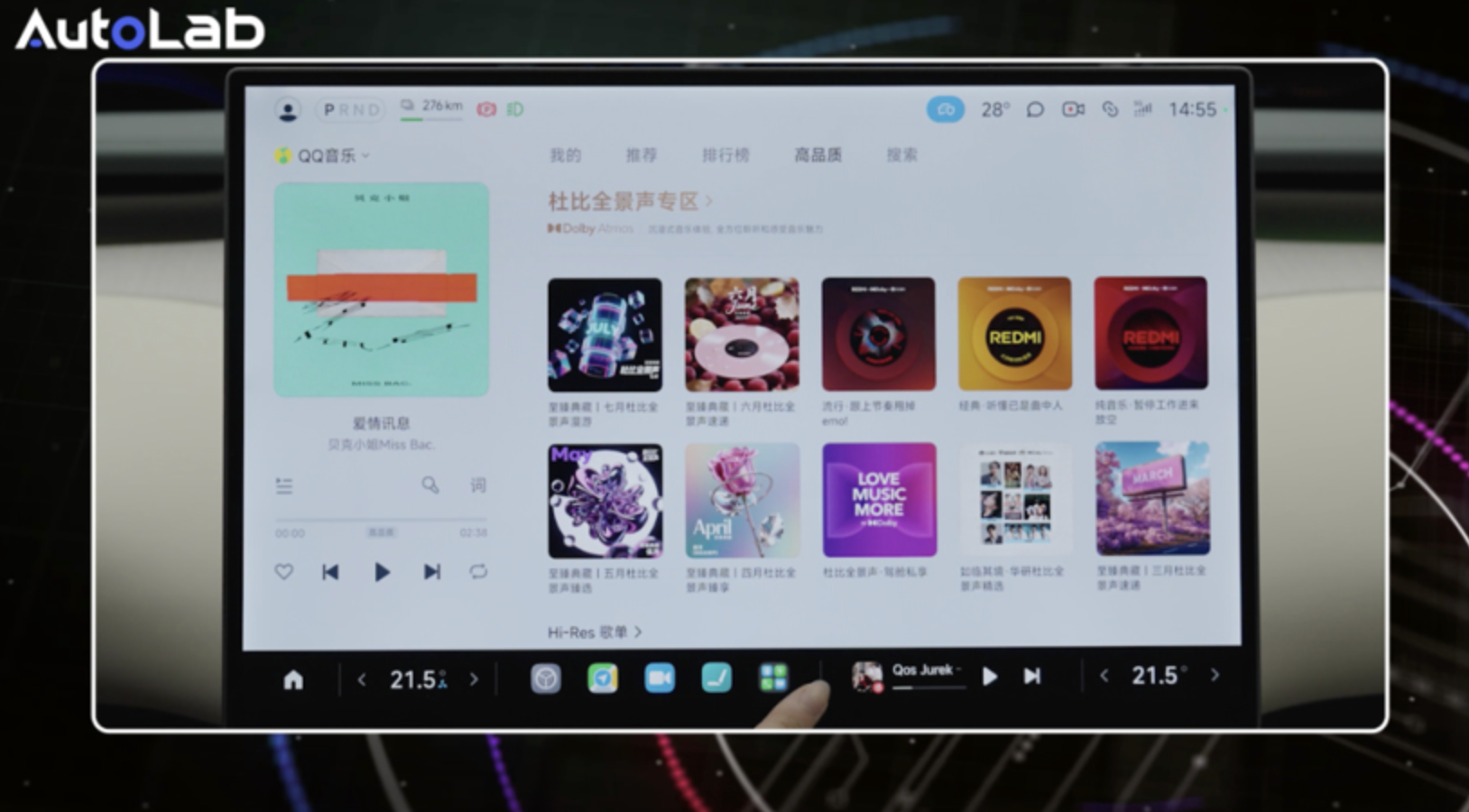

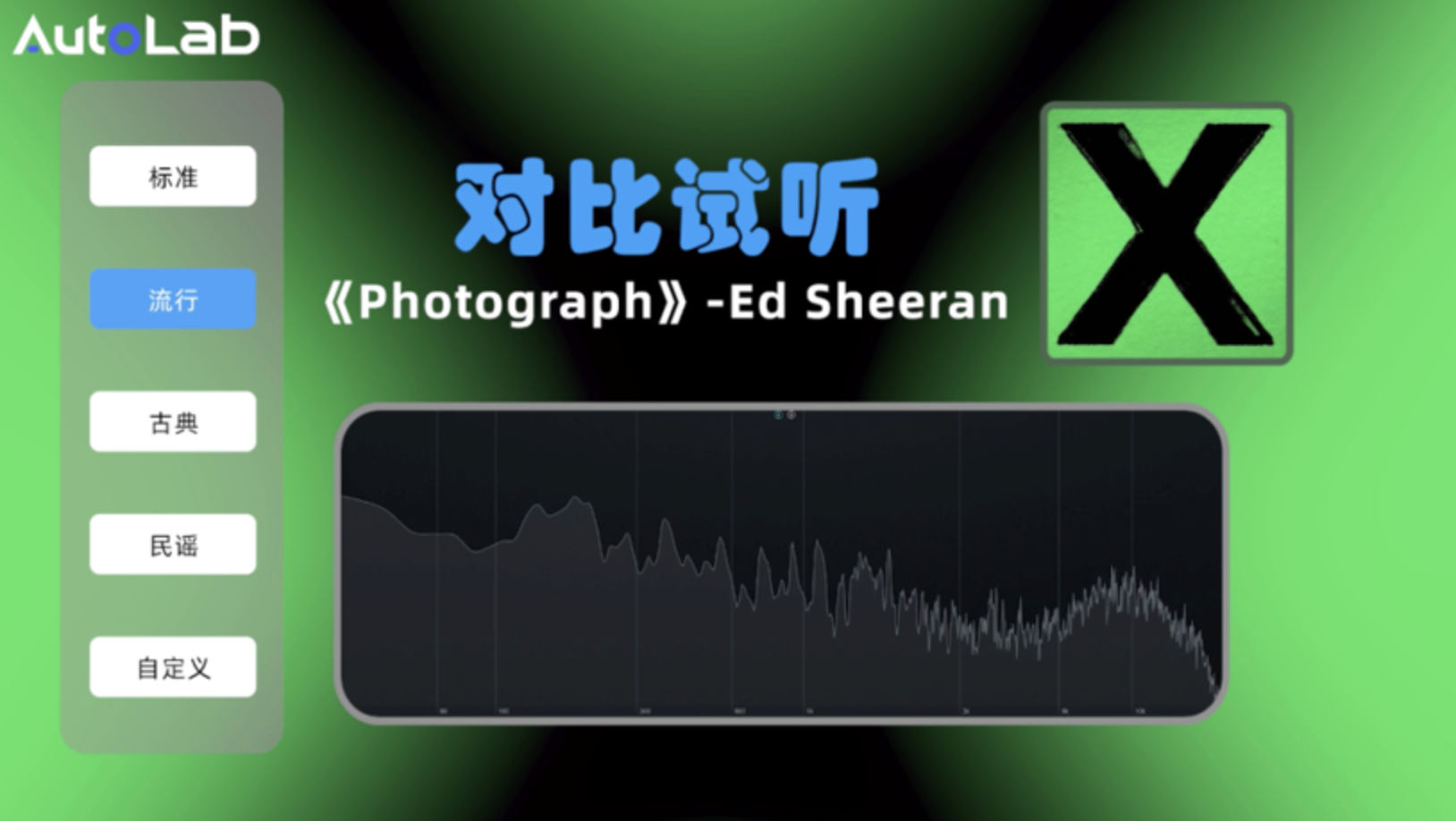
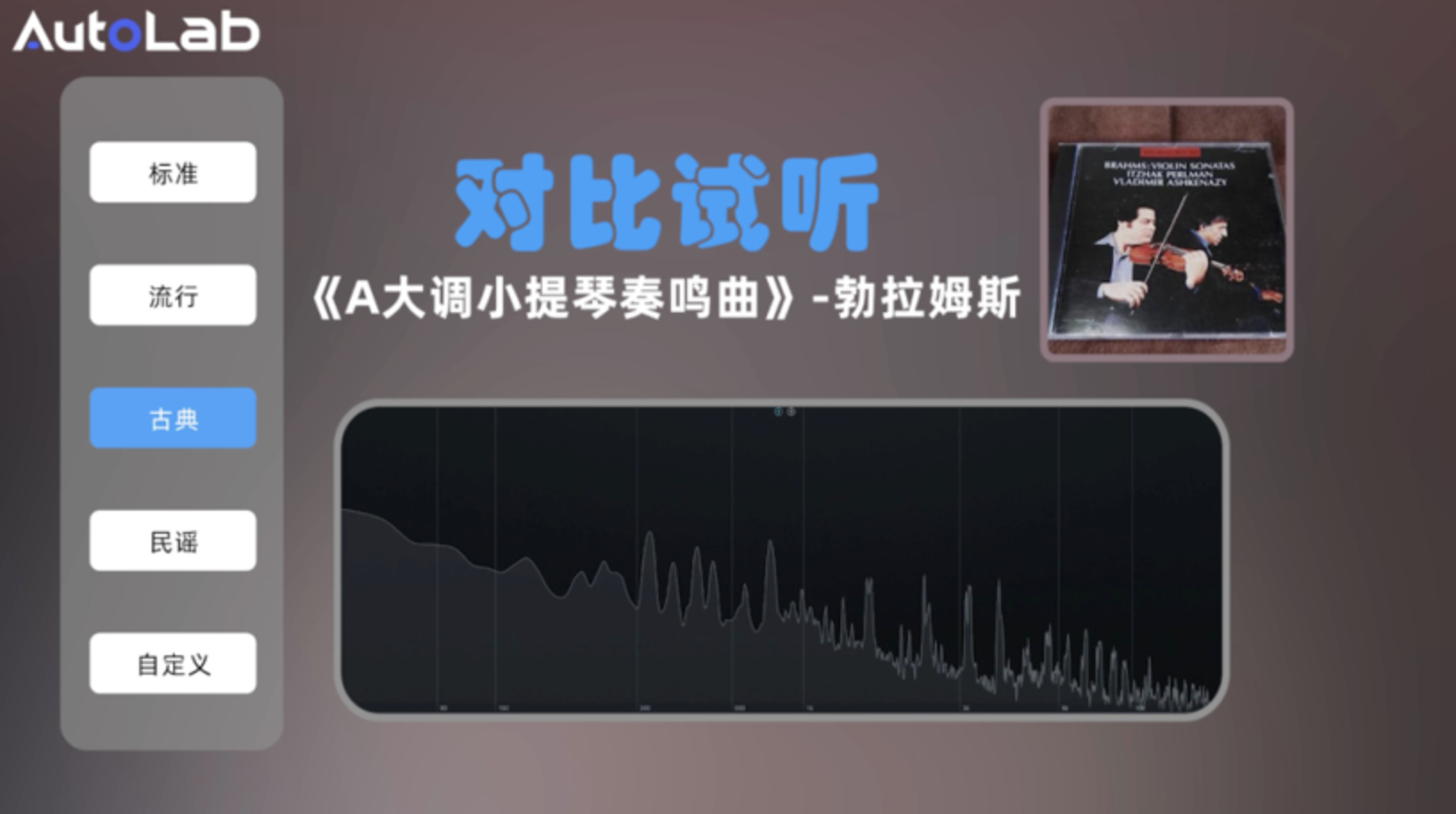
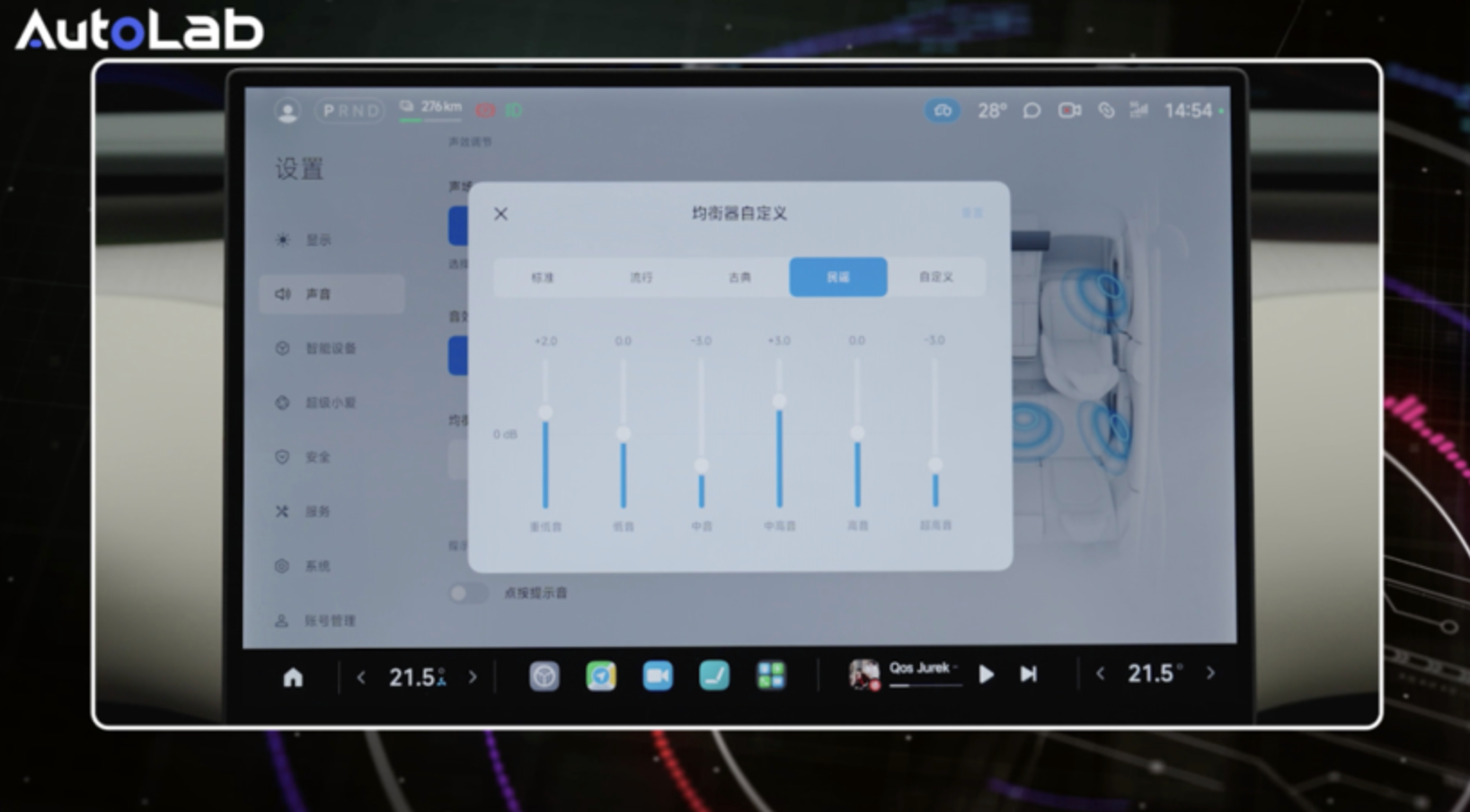

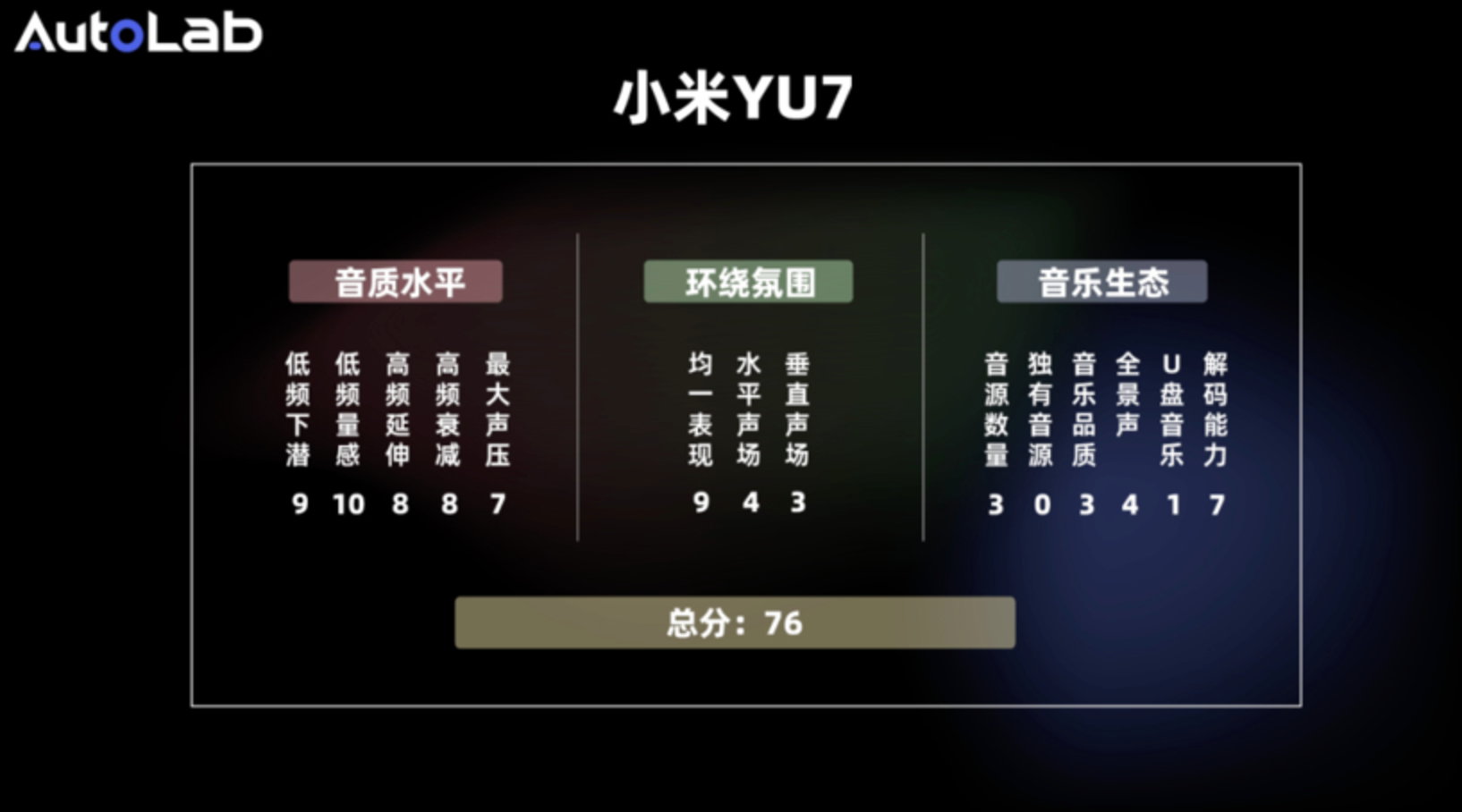
Share this post on: